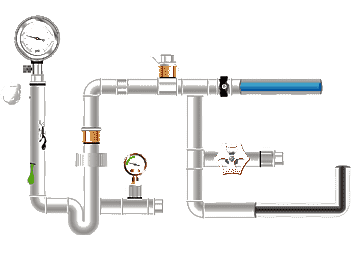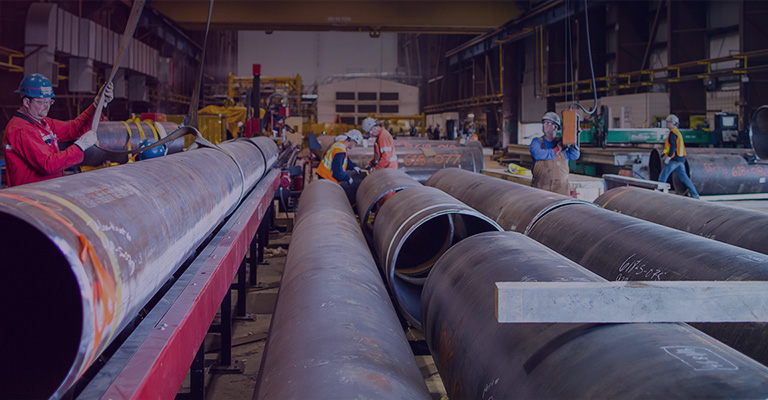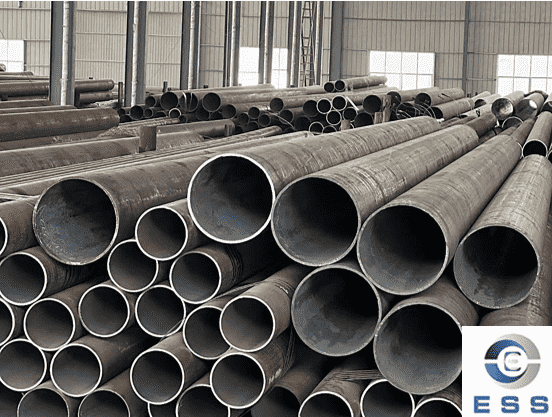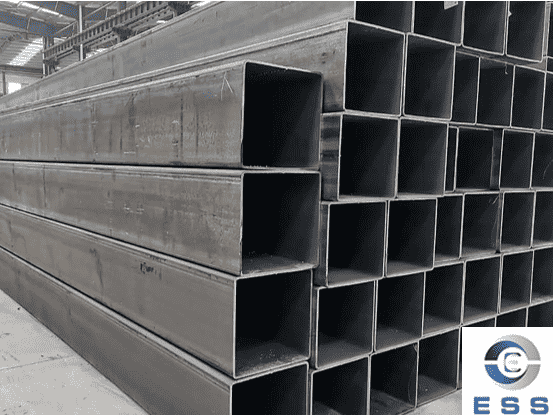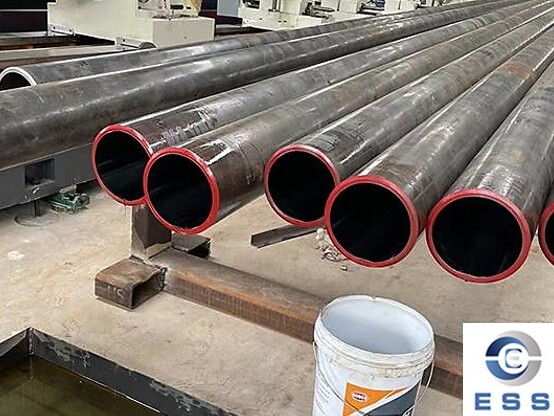
In hydraulic systems, hydraulic
tubes play an important role in transmitting pressure and flow, so the
choice of their materials is crucial. So, what materials can be chosen for
hydraulic tubes? What material is good for hydraulic tubes?
Hydraulic tube materials mainly include carbon
steel pipes, stainless
steel pipes, copper pipes, aluminum pipes and non-metallic materials. Among
them, carbon steel pipes have high strength and are suitable for high-pressure
systems; stainless steel pipes have good corrosion resistance and are suitable
for harsh environments; copper pipes have good thermal conductivity and are
suitable for occasions where heat dissipation is required; aluminum pipes are
light and resistant to oxidation and are suitable for mobile equipment;
non-metallic materials such as rubber and plastics have the advantages of good
flexibility and low price.
Main materials of hydraulic tubes
1. Copper pipes
Copper pipes have good thermal conductivity
and corrosion resistance. In hydraulic systems, copper pipes are often used in
occasions where heat dissipation is required, such as the suction pipes of oil
pumps.
In addition, copper pipes also have good
ductility and plasticity, which makes them easy to process into pipes of
various shapes and specifications. However, it should be noted that the
strength of copper pipes is relatively low and is not suitable for scenes with
excessive pressure.
2. Stainless steel pipe
Stainless steel pipe is famous for its
excellent corrosion resistance and can be divided into different models such as 304 and 316. In a humid and corrosive environment, stainless steel pipe can
effectively resist the erosion of external substances and ensure the normal
operation of the hydraulic system.
At the same time, stainless steel pipe also
has good high temperature resistance and is suitable for high temperature
working environment. However, the price of stainless steel pipe is relatively
high, and it needs to be selected according to the actual use environment and
cost considerations.
3. Carbon steel pipe
Carbon steel pipe is one of the most common
pipes in hydraulic system. It has high strength and rigidity and can withstand
greater pressure and impact.
In addition, carbon steel pipe also has
good machinability, which is convenient for processing operations such as cutting,
bending and welding.
Therefore, in high-pressure and high-flow hydraulic systems, carbon steel pipe
is the preferred pipe.
4. Aluminum pipe
Aluminum pipe has attracted widespread
attention for its lightness and anti-oxidation characteristics. In mobile
hydraulic equipment, aluminum pipe can reduce the overall weight of the
equipment and improve the portability and flexibility of the equipment.
At the same time, aluminum pipe also has
good low temperature resistance and is suitable for working environments in
cold areas. However, the wear resistance of aluminum tubes is relatively poor,
and it is necessary to strengthen maintenance and care during use.
5. Non-metallic hydraulic tubes
In addition to metal hydraulic tubes, there
are many non-metallic hydraulic tubes available, such as rubber pipes, plastic
pipes, etc. These non-metallic hydraulic tubes usually have good flexibility
and corrosion resistance, and are suitable for complex and changeable
installation environments. At the same time, their prices are relatively low,
which can reduce the cost of hydraulic systems.
However, it should be noted that
non-metallic hydraulic tubes may not be as good as metal pipes in terms of
pressure and high temperature resistance, so they need to be selected carefully
when used.
Performance characteristics and
applicable environments of common materials
1. Brass pipes
Advantages: economical cost, good
machinability, and strong corrosion resistance.
Disadvantages: low strength and cannot
withstand high temperature and high pressure.
Applicable environment: low-pressure
hydraulic system, ordinary air pressure system.
2. Stainless steel pipes
Advantages: excellent corrosion resistance,
high strength, suitable for high temperature and high pressure.
Disadvantages: high cost, high hardness,
and difficult processing.
Applicable environment: high temperature
and high pressure hydraulic system, pneumatic system in harsh environment.
3. Carbon steel pipe
Advantages: strong wear resistance, good
mechanical properties, low cost.
Disadvantages: susceptible to corrosion.
Applicable environment: high pressure
hydraulic system.
4. Aluminum alloy pipe
Advantages: light weight, good thermal
conductivity, strong corrosion resistance.
Disadvantages: low strength, poor
machinability.
Applicable environment: low pressure
hydraulic system, ordinary pneumatic system.
Basic requirements for hydraulic tube
materials
1. The material of the hydraulic tube must
have sufficient strength and rigidity to withstand the working pressure and
external load of the system.
2. It must have good corrosion resistance
to cope with corrosive media in various working environments.
3. It must have good sealing and wear
resistance to ensure the stability and long life of the system.
Other factors to consider when selecting
materials
1. The working pressure and flow of the
system
Different hydraulic tube materials have
different abilities to withstand pressure and flow. We need to choose the
appropriate material according to the actual needs of the system.
2. Working environment
The working environment of hydraulic tubes
may include high temperature, low temperature, corrosive media, etc. We need to
choose materials that can adapt to these environments.
3. Economy
On the premise of meeting performance
requirements, we also need to consider factors such as material price and
maintenance cost to select economical and reasonable hydraulic tube materials.
Conclusion
The selection of hydraulic tube materials
should comprehensively consider factors such as system working environment, use
pressure, and medium. In practical applications, it should be selected
according to specific requirements, and appropriate surface treatment measures
should be taken to improve its corrosion resistance and wear resistance.









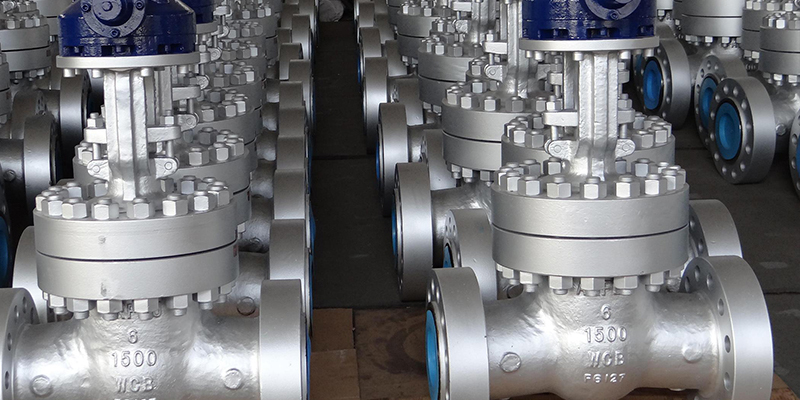
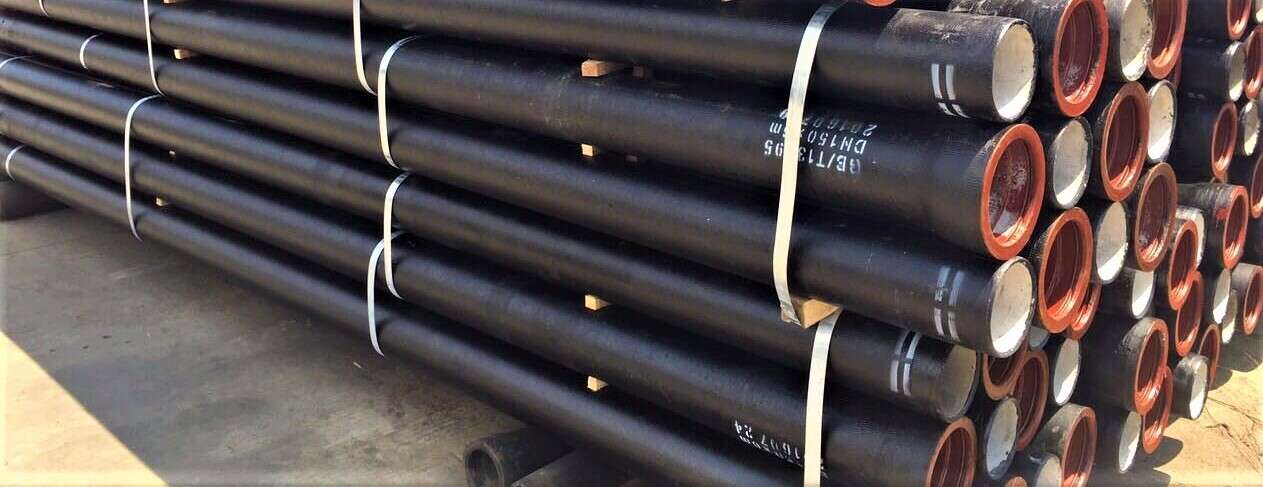


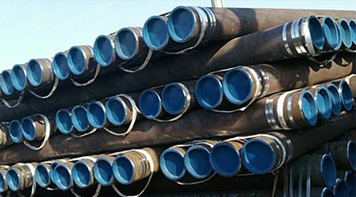 Eastern Steel Manufacturing Co.,Ltd not only improve product production and sales services, but also provide additional value-added services. As long as you need, we can complete your specific needs together.
Eastern Steel Manufacturing Co.,Ltd not only improve product production and sales services, but also provide additional value-added services. As long as you need, we can complete your specific needs together.
